The Age of Enlightenment and the Birth of Liberalism
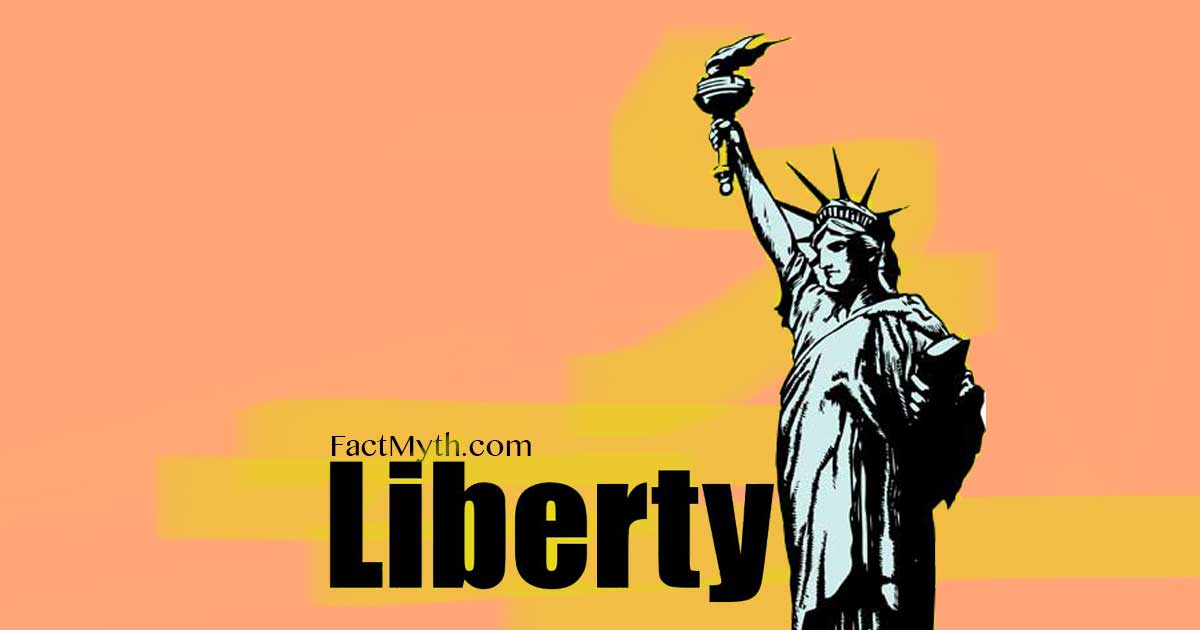
Classical liberalism arose in opposition to state-imposed religion and aristocracy in the 1600 – 1700’s during the Age of Enlightenment in Europe and America.
American Politics describes the politics of America since before Liberalism, Enlightenment, and Revolution and to today. The articles below explore the most important aspects of American politics as fun facts and myths.

Classical liberalism arose in opposition to state-imposed religion and aristocracy in the 1600 – 1700’s during the Age of Enlightenment in Europe and America.

On this page, we look at political parties from a historical perspective to better understand the underlying left-right politics all political parties are based on.

Most groups, bound by class, race, religion, socioeconomic status, or some other force have faced oppression with rebellion. Here are tips on avoiding common pitfalls.

America’s founding fathers intended the U.S. to be a Republic (elected officials vote on laws), rather than a Direct Democracy (everyone votes on laws).
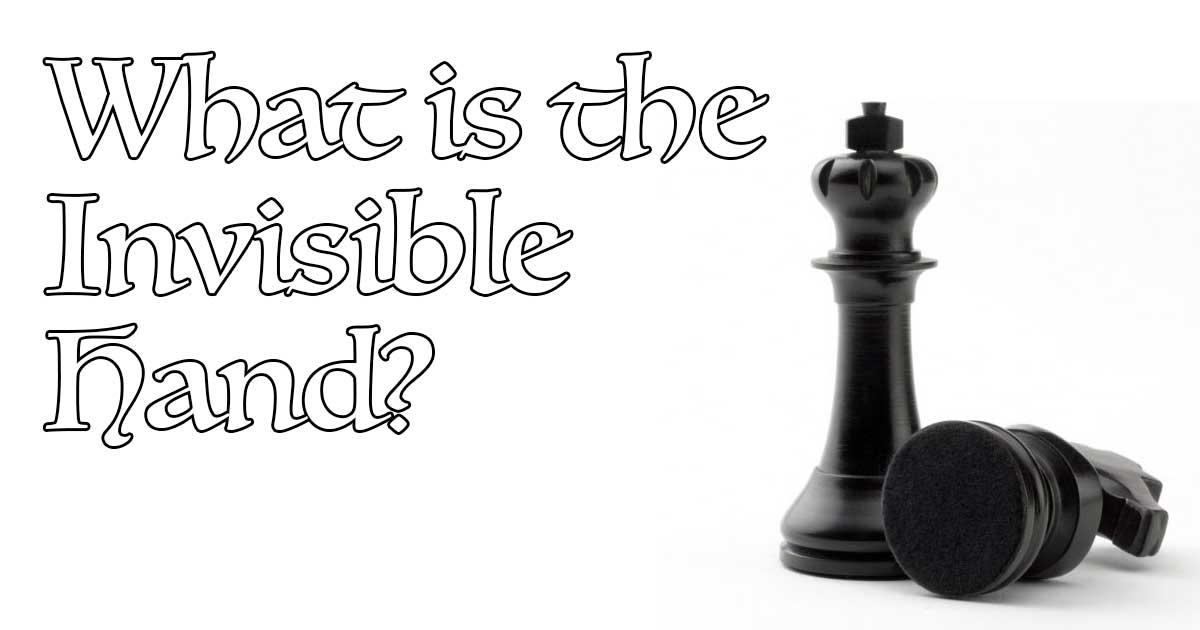
“The invisible hand” is a term used by Adam Smith to describe the theory that self-interest leads to social and economic benefits in a free-market.
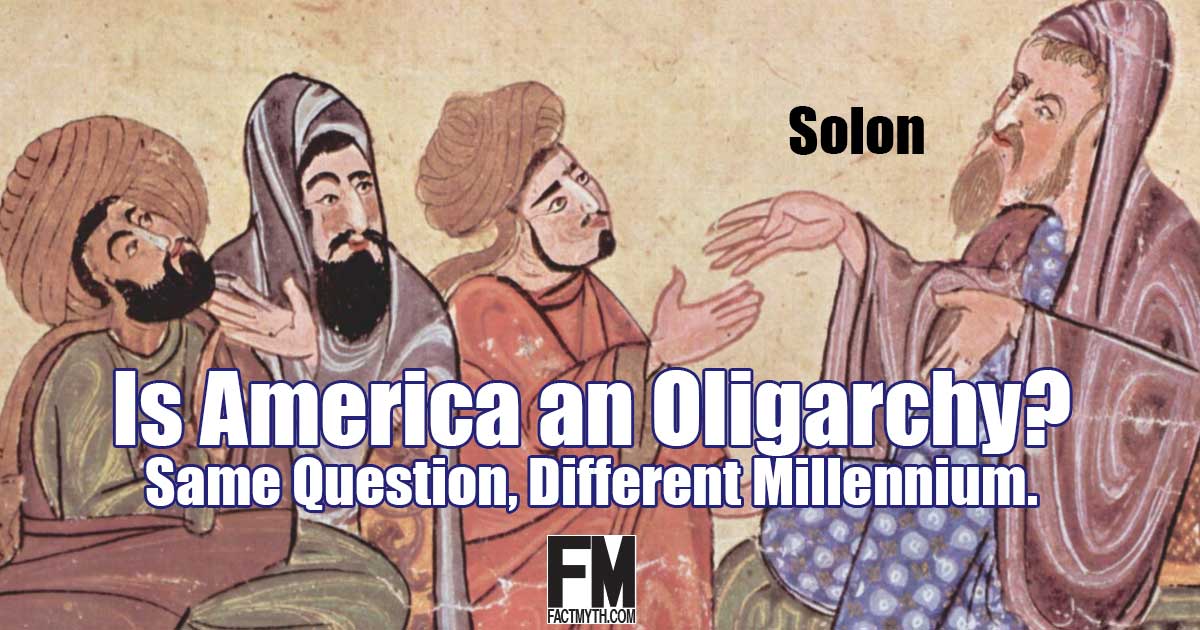
The United States is a Federal Republic with democratic values that some claim contains a growing oligarchy (or corporatocracy). We look at those claims.
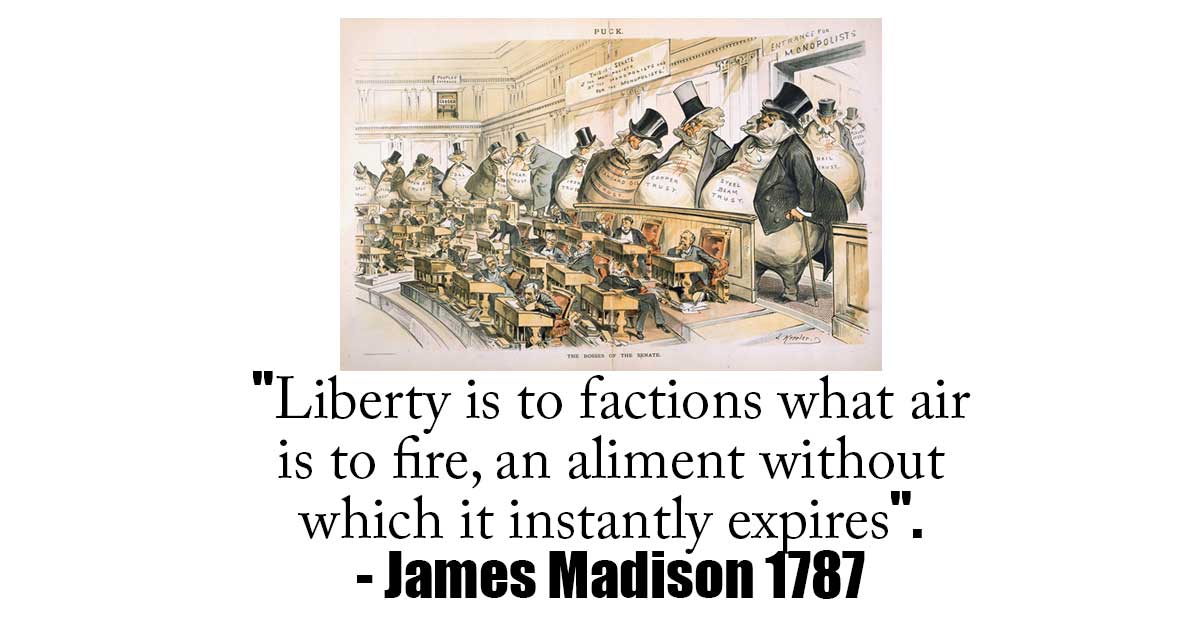
Special interests describe interests that are not purely public interests. Factions (special interest groups) are groups formed around shared interests (special interests).
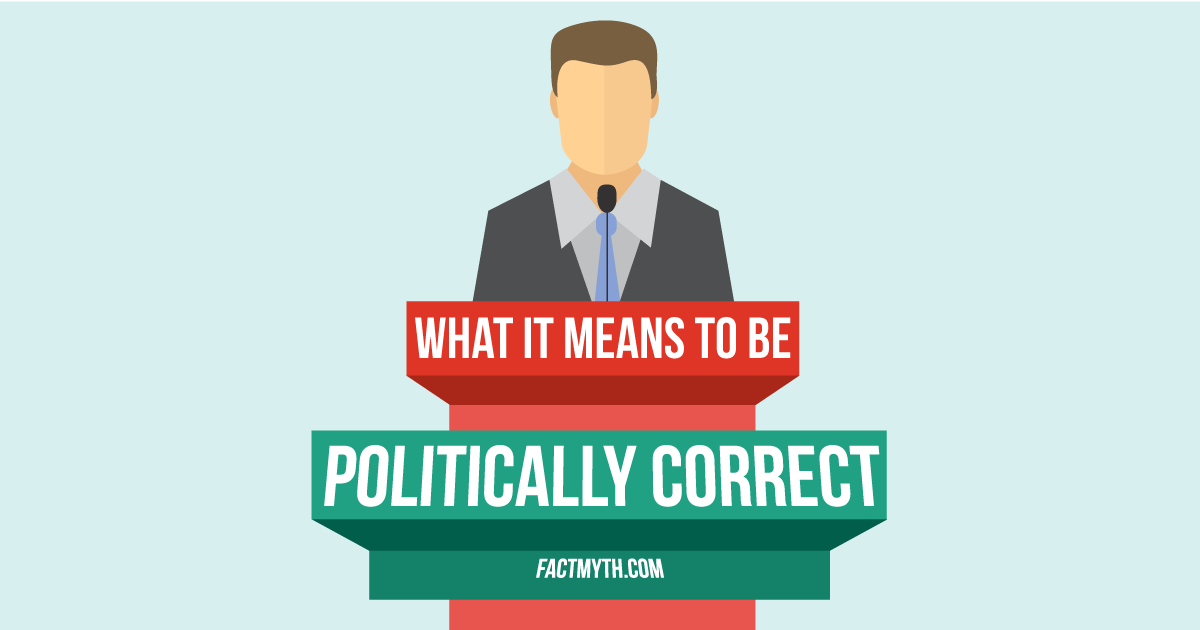
Political Correctness (politically correct or PC), describes how much tolerance, sensitivity, censorship, and freedom of expression “is correct” in a given setting.
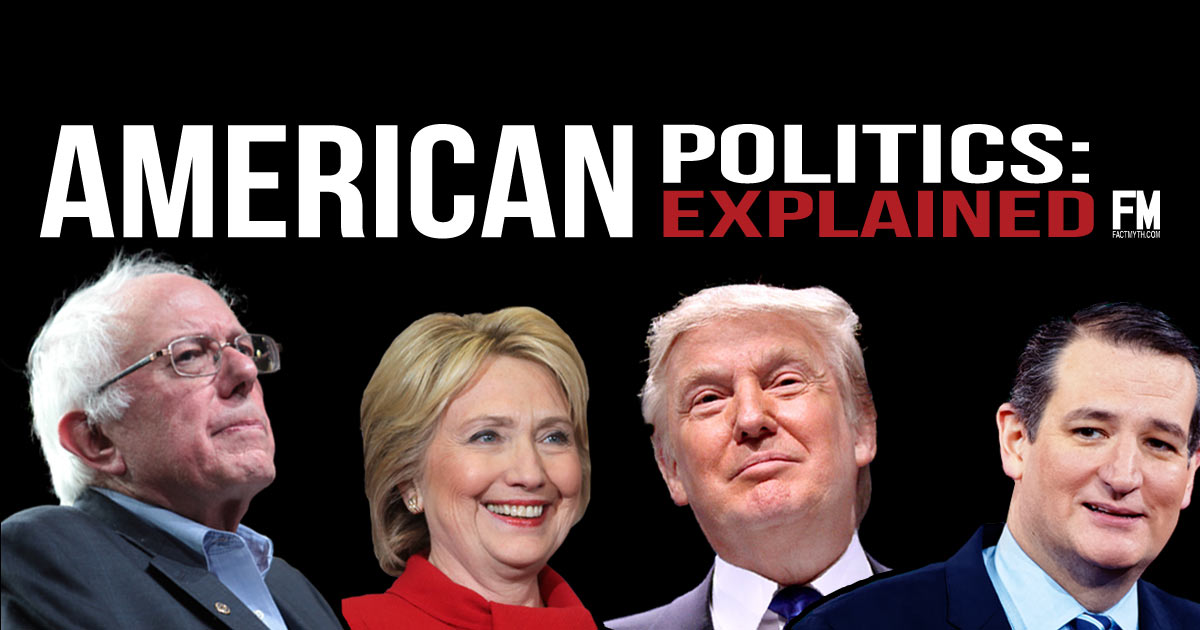
A simple explanation of American politics including an overview of US history, the political parties, and the political system.
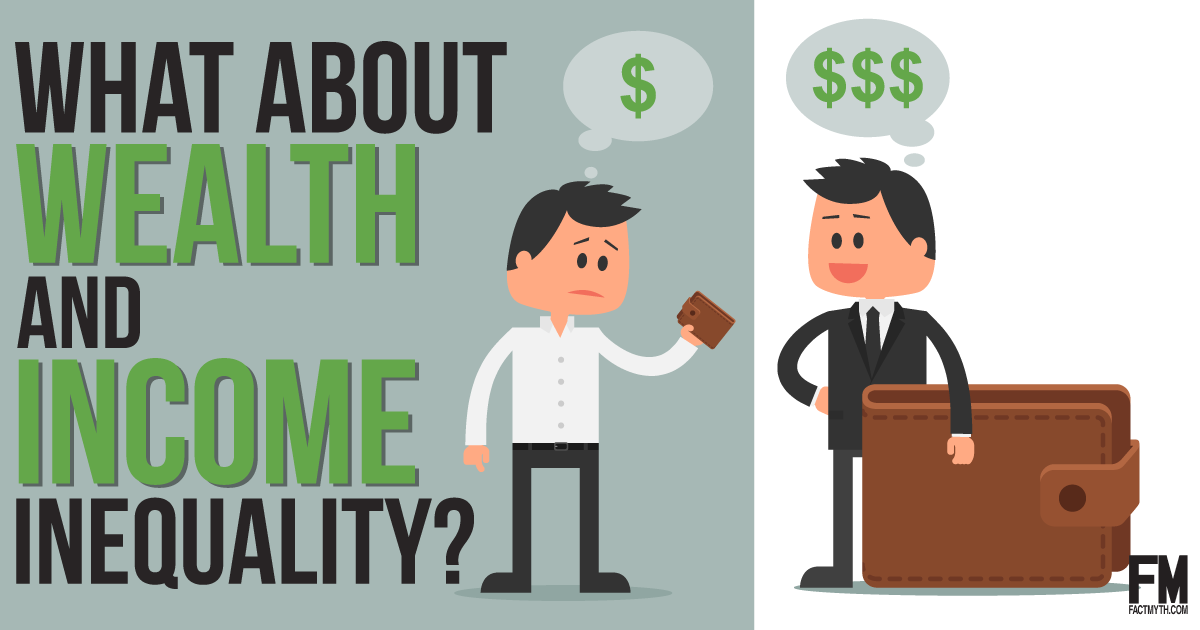
We explain economic inequality from a historical perspective, and then consider the effects of wealth inequality and income inequality in America today.